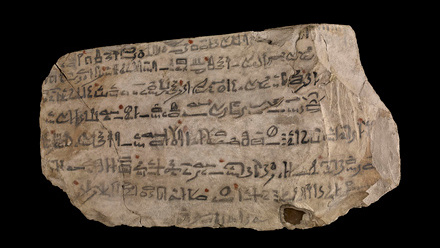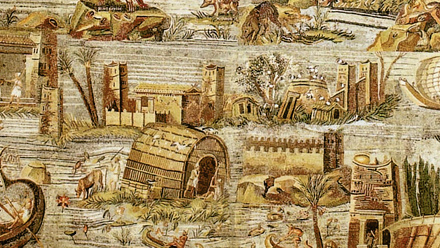Recordings will be made available for those unable to attend the live sessions!
This five-week course will focus on the Kushite Kingdom, which developed in the 8th Century BCE in the 4th Cataract region of modern Sudan and lasted over a thousand years until c. 350 CE. From its early kings, who conquered Egypt and followed archaising forms of Egyptian art in their construction and iconography, to its later developments of an indigenous writing system and warrior queens fighting Roman and desert armies, we will explore this fascinating kingdom and how it changed and developed over its long history.
We will assess the textual sources available that give a rare voice direct from Kush as well as evidence from its neighbours, and look at how the Kushites used Egyptian, Hellenistic, and Roman iconography to express indigenous belief systems. The course will in particular look at evidence from recent archaeological fieldwork to put Kushite material culture into a wide context and increasing evidence pointing to the diversity of this ancient kingdom.
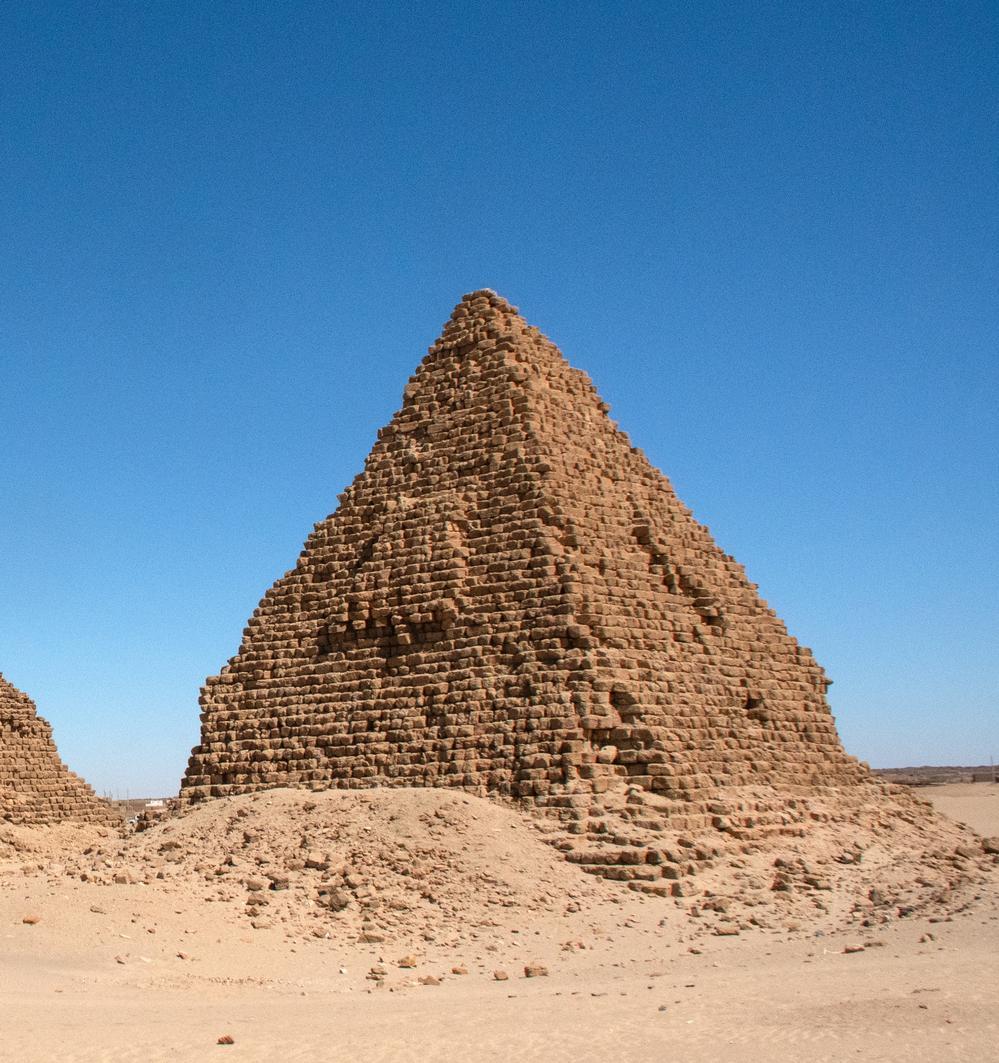
Pyramid of King Aspelta

No prior knowledge of the area is needed, as we will cover all key concepts across the course. The course will suit all with an interest in archaeology, and particularly those familiar with ancient Egypt and looking to further understand its closest neighbour. It will also be particularly relevant to those who took the EES Online Course: South of Aswan: The Archaeology of Sudan & Nubia and are looking to deepen their knowledge of the Kushite Period.
Tutor
Course Outline
Please note that main content will be delivered between 18:00-19:30, though some optional participation (quizzes, Q&A, etc.) may continue beyond that time.
Thursday 3 April 2025, 18:00-19:30 (UK time)
Week One - Early Kush
For our introductory week, we will look at how, from its origins in the Fourth Cataract area of modern Sudan, Kush exploded onto the political landscape when it took control of Egypt under Kashta c. 760 BCE. This introductory session will explore the motivation behind the 25th dynasty and Kushite activities across the middle Nile, when Kush was one of the largest empires in the ancient world.
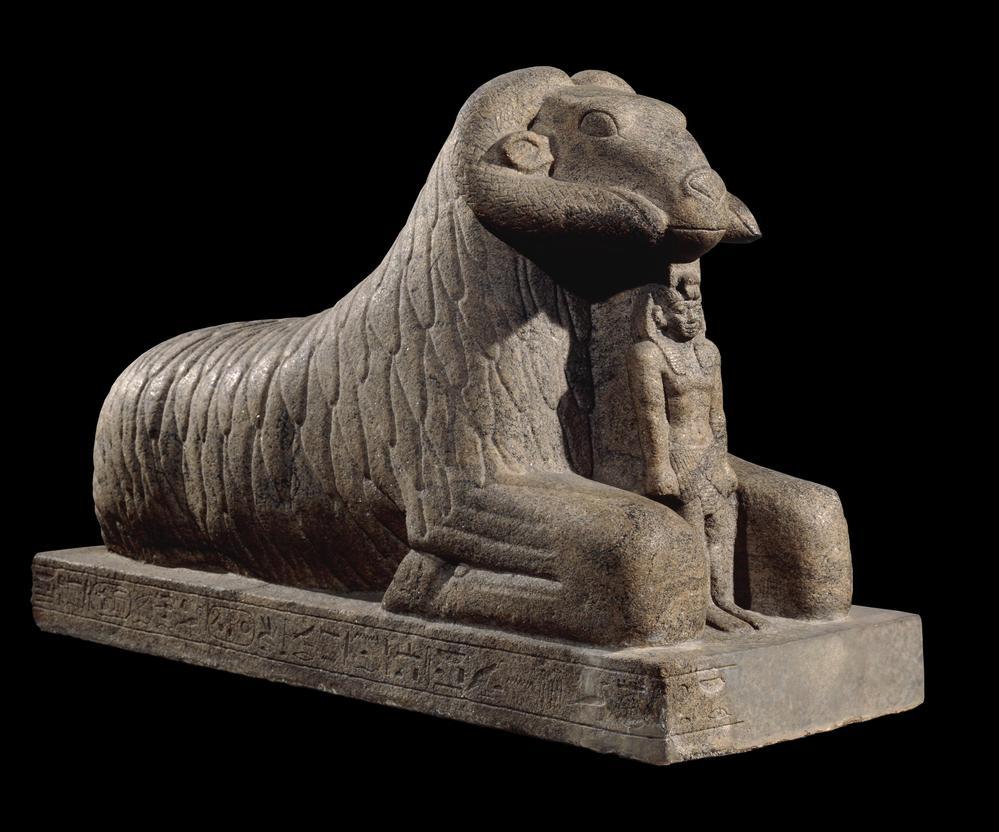
Taharqa ram, (Courtesy of the British Museum, EA1779).
Thursday 10 April 2025, 18:00-19:30 (UK time)
Week Two - The Napatan period – trade and exchange
This week, we will concentrate on the early period of Kush, the Napatan Period. Named after the town of Napata, where kings were buried after the withdrawal of Kush from Egypt under Tanwetamani, the kingdom continued to hold control of the Middle Nile. Egyptianised practices and the important role of Amun and his priesthood are evident in temple and funerary structures. Material culture and fieldwork at sites such as Sanam and Kawa offer us an increasing glimpse into this little-known period, including prolific international trade.
Thursday 17 April 2025, 18:00-19:30 (UK time)
Week Three - A Meroitic flourish
Why do we split Kush into Napatan and Meroitic periods? The movement of the capital to Meroe in the 3rd Century BCE was part of a wider shift in Kushite culture. By this stage, the kingdom stretched nearly 1,000 km from the Nile confluence to the border with Egypt. An increase in indigenous practices becomes evident with the rise of a distinctly Kushite ceramic tradition and the prevalence of deities such as Apedemak, as well as the indigenous language, Meroitic. Both tension and trade can be seen with contacts with the Roman empire, prompting large-scale building activity across the kingdom.
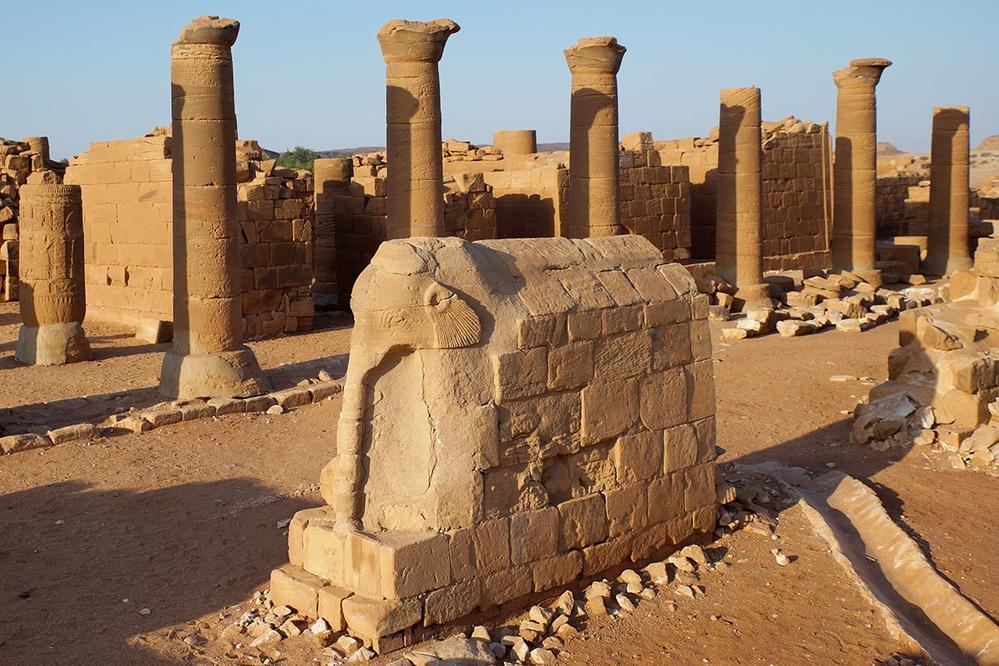
Musawwarat es-Sufra
Thursday 24 April 2025, 18:00-19:30 (UK time)
Week Four - The decline of Kush
This week, we will explore the later Kushite Period, and how it eventually came to an end. By the early 5th Century CE, Kush had disintegrated into several polities, possibly linked to an invasion from neighbouring Axum. However, despite the lack of a centralised state, some Kushite traditions continued to be prevalent among these kingdoms, along with the continuity of settlements. Evidence from sites such as Ballana, Qustul and el-Hobagi attest to ongoing wealth within these smaller kingdoms.
Thursday 1 May 2025, 18:00-19:30 (UK time)
Week Five - Understanding Kush
In this final session, we will look across the Kushite Period as a whole to discuss major themes such as religion and iconography, the role of women, and manufacturing. The Kushite preservation of ancient traditions – particularly in funerary practices and modes of production – gives a new perspective on this kingdom, which is still little-known outside of academic circles. We will also explore how Kush continues to have relevance for modern communities, both in Sudan and around the world.
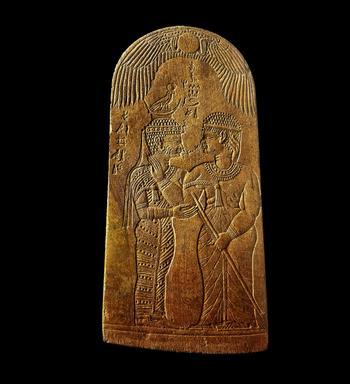
Amanishakheto stela, depicting the goddess Amesemi (left) embracing Queen Amanishaketho (right), (Khartoum SNM 31338).
Booking and information
Register for your place in advance using the link below. After registering, you will receive a confirmation email containing information about your booking. If you do not receive your email, then please check your junk folders before contacting the Egypt Exploration Society. The course will be held on our Zoom platform and attendees will be able to interact by asking questions, using the chat and polls. It is not necessary to have a working webcam or microphone for this course. The online course will be complemented by Google Drive, where resources will be uploaded.
Please ensure that you have read our guide to attending EES online events before the course begins.


